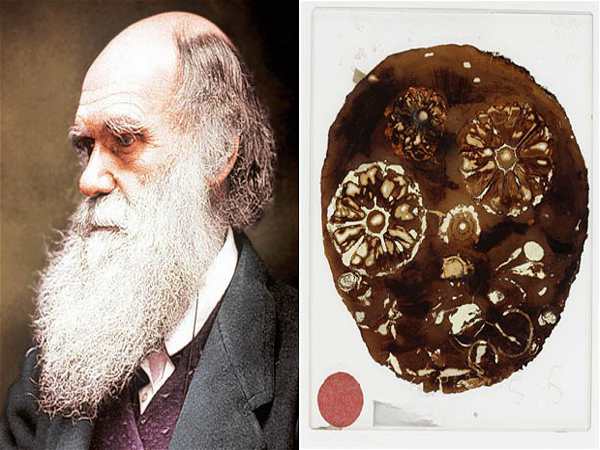In a serendipitous discovery, a trove of long-lost fossils, collected by Charles Darwin during his historic voyage on the HMS Beagle, has been unearthed from the dusty archives of the British Geological Survey (BGS). These specimens, dating back to the 1830s, offer a glimpse into Darwin’s early scientific pursuits and shed light on his formative years as a naturalist.
The fossils were rediscovered by paleontologist Dr. Howard Falcon-Lang, who stumbled upon a cabinet labeled “unregistered fossil plants” while exploring the BGS headquarters near Keyworth, UK. Using a flashlight to examine the contents, Falcon-Lang was astonished to find a collection of beautifully preserved glass slides, each containing a thin slice of a fossilized plant.
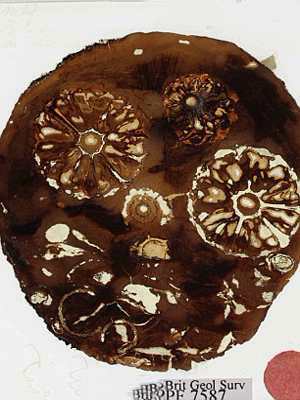
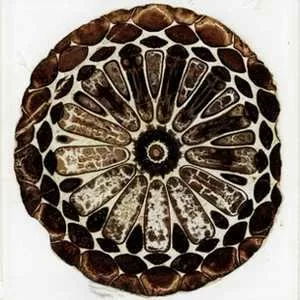
Among the specimens, Falcon-Lang identified several collected by Darwin himself, including a 40-million-year-old plant from a remote island off the coast of Chile. Another remarkable find was a towering tree-sized fungus, dating back an astonishing 400 million years, a time when the Earth’s climate was so warm that even the poles were ice-free.
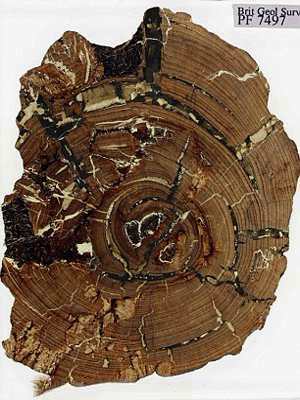
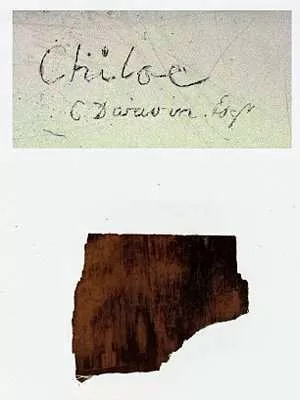
The rediscovery of these fossils has ignited excitement among scientists and historians alike. Dr. John Ludden, executive director of the BGS, expressed his enthusiasm for the find, emphasizing the potential for future discoveries within their extensive collections.
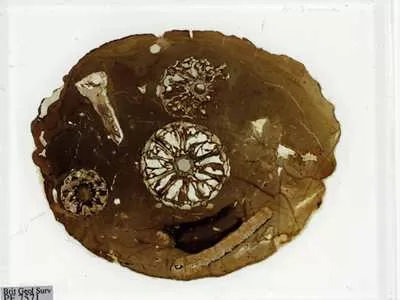
Thanks to the efforts of the BGS team, the fossils have been meticulously photographed and are now available to the public through a new online museum exhibit launched in January 2012. This digital showcase allows researchers and enthusiasts worldwide to explore Darwin’s remarkable discoveries and gain a deeper understanding of the Earth’s ancient history.

